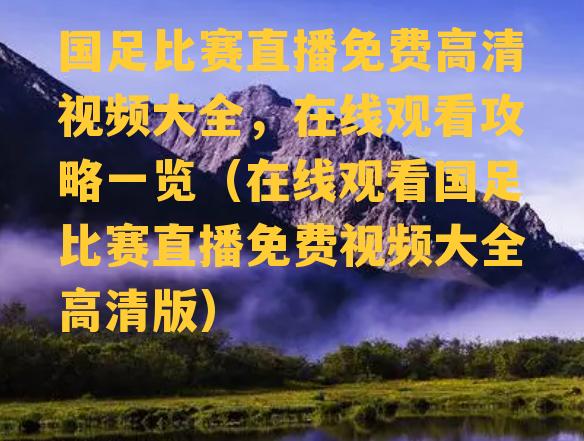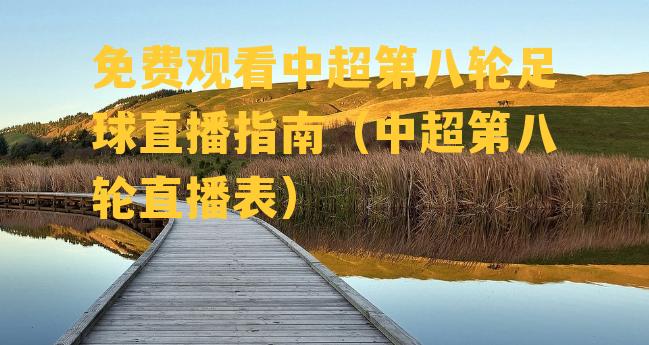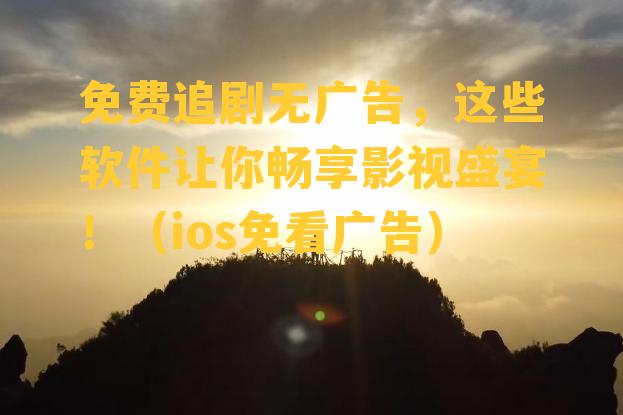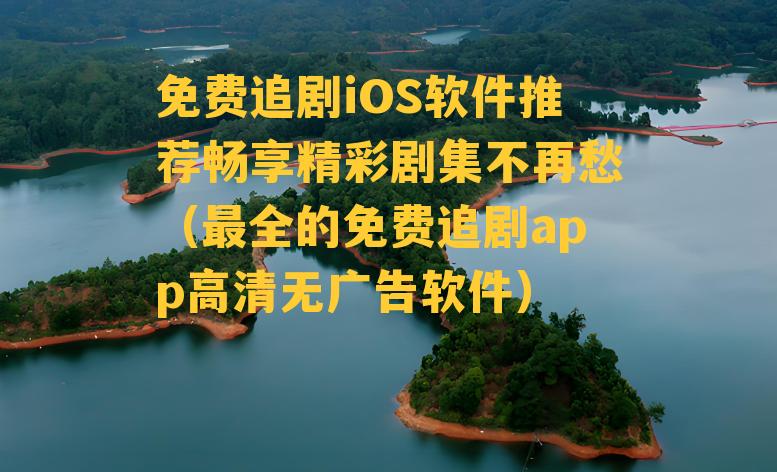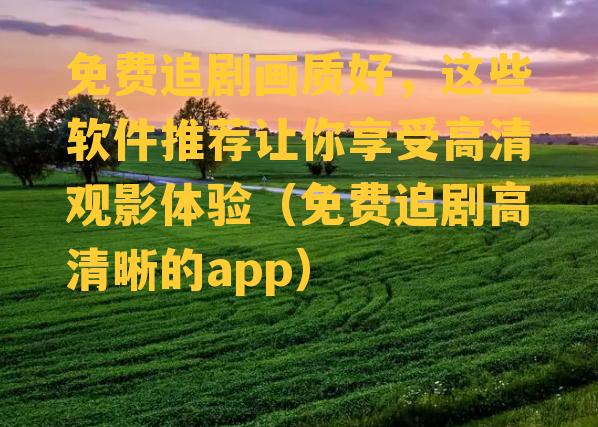翻译英语版化学论文的软件(翻译成英语版怎么翻译)
In today's globalized world, the ability to translate text into English is a valuable skill. Whether you are a student, a professional, or simply someone who wants to communicate effectively in English, understanding how to translate text accurately is crucial. This article will provide you with a comprehensive guide on how to translate text into English.
1. Understand the Source Text
Before you start translating, it's essential to have a clear understanding of the source text. Read the text carefully to grasp the meaning, tone, and context. Pay attention to any idioms, cultural references, or specialized terminology that might be present.
2. Choose the Right Tool or Method
lable for translating text into English. Some common options include:
- Online Translation Tools: Websites like Google Translate and DeepL offer convenient and quick translations. However, keep in mind that these tools may not always be accurate, especially when dealing with complex or specialized text.
- Translation Software: Software like SDL Trados Studio and memoQ provides advanced features for professional translators. These tools offer terminology management, translation memory, and quality assurance checks.

- Human Translators: For the most accurate and contextually appropriate translations, hiring a professional human translator is often the best option.
3. Translate the Text
Once you have chosen the appropriate tool or method, begin translating the text. Here are some key points to keep in mind during the translation process:
- Stay True to the Original Meaning: Ensure that the translated text accurately conveys the same meaning as the source text. Avoid adding or removing information that was not present in the original text.
n it in the translation. This is especially important when translating marketing materials, technical documents, or creative works.
- Use Appropriate Language: Adapt the text to the target audience. Use formal language when translating official documents or professional content, and a more casual tone for personal or social media texts.
4. Proofread and Edit
After translating the text, take the time to proofread and edit your work. Look for any grammatical errors, inconsistencies, or awkward phrasing. Pay attention to punctuation, capitalization, and formatting. It's also helpful to have someone else review your translation to ensure its accuracy and clarity.
5. Utilize Resources
To improve your translation skills, make use of various resources, such as:
- Dictionaries and glossaries: Use reliable resources to look up unfamiliar words and terms.
- Online forums and communities: Engage with other translators and language experts to exchange tips and advice.
- Professional development courses: Enroll in courses or workshops to enhance your translation skills and knowledge.
l, cultural awareness, and a solid understanding of both the source and target languages. By following the steps outlined in this article and continuously improving your skills, you can become an effective and accurate English translator.

